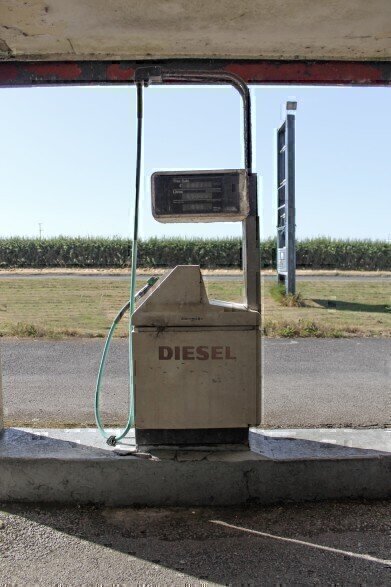Air Clean Up
Where is Diesel Pollution Worst?
Mar 17 2016
After finding that diesel engines produced less carbon dioxide than petrol ones, the UK government strongly encouraged their uptake by subsiding them heavily. However, it has since been learned that diesel fumes can lead directly to lung cancer and could possibly even cause cancer of the bladder – in 2012, the World Health Organisation (WHO) labelled them a “definite carcinogen”.
This, coupled with the fact that 90% of new diesel cars in Europe emit illegal levels of pollution anyway, means that UK towns and cities are now overwhelmed with potentially life-threatening diesel fumes. But where exactly are they most abundant?
By Bike, in the Car or on the Train
Tim Johns, a writer for the BBC, decided to conduct an interesting experiment to ascertain exactly how much diesel he was being exposed to during his daily routine – and, crucially, where. By carrying a portable air monitoring device everywhere with him for one week, Johns was able to quantify the specific amounts of diesel he was inhaling.
The device came courtesy of King’s College London and followed Johns for one full week while he cycled to Bedford station from his house, caught a diesel train into the city and then cycled to his London office. It also followed him on taxi journeys and during his various forays using the underground. The results were illuminating.
Predictably, Johns found that the readings on the instrument – which measured black carbon particles – were lowest whilst he was cycling or on foot. In Bedford, it reported a reading of 3.7, while in the centre of London, the figure jumped up to 6.5.
However, the train journey proved to be far more damaging. While waiting on the platform at St Pancras, Johns saw readings of 13.2. Even when safely ensconced in the air-conditioned interior of the train itself, the device returned a figure of 8.5. Quite unsettling for those who often use the train.
However, this figure was easily surpassed by a journey inside a black cab in the middle of the capital. The heavy traffic meant that most of the time the vehicle was merely crawling, but with the windows down, the diesel count was up to 19.9. Clearly, those who spend much of the time driving in the capital – such as cab drivers – are at significant risk, and the experiment provides further weight for the argument that diesel cars should become the next dodo.
The Tube Produces Readings off the Scale
As high as the figures received in the cab were, they were dwarfed when Johns used the city’s metro system. On the Tube, Johns saw readings of as much as 77.8 – significantly higher than at any other time. However, it’s thought that these were not caused by diesel fumes at all, but by other contaminants present in the air in the underground.
As yet, it’s not clear exactly what these results mean, either in the context of diesel fume inhalation or the other particles found on the Tube. Of course, improving air quality and reducing transport-related pollution remains a serious challenge for both the government and the individual, but it appears that diesel may be to blame for many everyday health complications.
“We don't yet know the long-term health impacts of these short elevated periods of exposure to diesel pollution experienced while travelling, so the general advice is to try and minimise your exposure,” explained Dr Benjamin Barratt, an expert in the field of air quality. “The choice of train and bike over car, taxi or Tube is a good one.”
Events
Nov 26 2024 Paris, France
Nov 27 2024 Istanbul, Turkey
H2O Accadueo International Water Exhibition
Nov 27 2024 Bari, Italy
Biogas Convention & Trade Fair 2024
Nov 27 2024 Hanover, Germany
Dec 11 2024 Shanghai, China







-as-feedstock.jpg)






